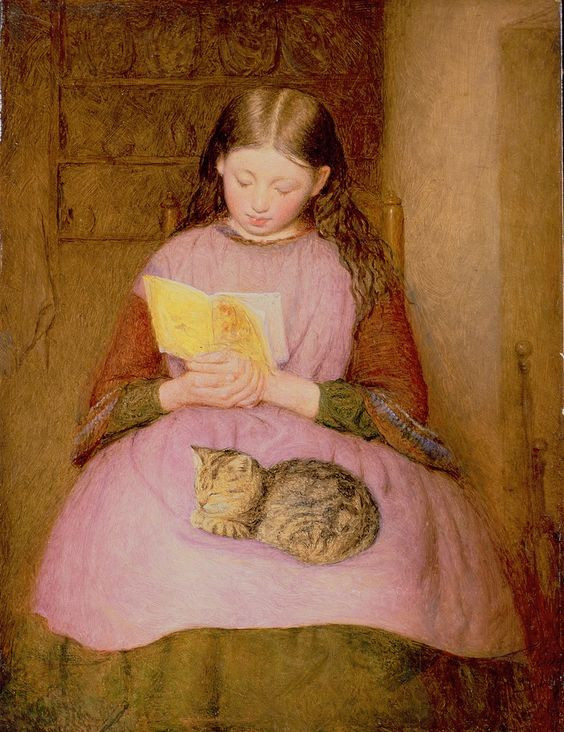Blast from the Past: This entry was first posted on May 13, 2015 and it was reposted on September 24, 2018. This question has been coming up again recently, so I took a look at my original answer. It is still pretty darn good. Older students have been telling me how much they hate working in what they call the “stupid books,” meaning books at their supposed reading levels that are below their levels of intellectual and social functioning. Despite claims by proponents of “guided reading” giving kids such a steady diet of easy-reading books is definitely not in their best interests.
Teacher question:
How much of a "gap" can be compensated through differentiation? If my readers are at a 400 Lexile level, is there an effective way to use an 820-level chapter book?
Shanahan response:
This is a great question. (Have you ever noticed that usually means the responder thinks he has an answer).
For years, teachers were told that students had to be taught with books that matched their ability, or learning would be reduced. As a teacher I bought into those notions. I tested every one of my students with informal reading inventories, one-on-one, and then tried to orchestrate multiple groups with multiple book levels. This was prior to the availability of lots of short paperback books that had been computer scored for F & P levels or Lexiles, so, like most teachers at the time, I worked with various basal readers to make this work.
However, a more recent careful look at the research shows me that studies are not finding any benefits from such matching. In fact, if one sets aside those studies that focused on children who were reading no higher than a Grade 1 level, then the only results supporting specific student-text matches are those arguing for placing students at what we would have traditionally called their frustration level.
Given this research and that so many state standards now require teachers to enable students to read more challenging texts in grades 2-12, teachers are going to need to learn to guide student reading with higher level text than in the past.
Theoretically, there is no limit to how much of a gap can be scaffolded. Many studies have shown that teachers can facilitate student success with texts that students can read with only 80% accuracy and 50% comprehension, and I have no doubt, that with even more scaffolding, students could bridge even bigger gaps.
I vividly remember reading a case study of Grace Fernald when I was in graduate school. She wrote about teaching a 13-year-old, a total non-reader, to read with an encyclopedia volume. That sounds crazy, but with a motivated student, and a highly skilled teacher, and a lot of one-on-one instructional time, without too many interruptions… it can work.
But what is theoretically sound or possible under particularly supportive circumstances does not necessarily work in most classrooms.
I have no doubt teachers can scaffold a couple of grade levels without too much difficulty. That is, the fifth-grade teacher working with a fifth-grade book can successfully bring along a student who reads at a third-grade level in most classrooms. But as you make the distance between student and book bigger than that, then I have to know a lot more about the teacher’s ability and resources to estimate whether it could be made to work.
Nevertheless, by preteaching vocabulary, providing fluency practice, offering guidance in making sense of sentences and cohesion and text organization, requiring rereading, and so on, I have no doubt that teachers can successfully scaffold a student across a 300-400 Lexile gap--with solid learning.
But specifically, you ask about scaffolding a 400-Lexile reader to an 820-Lexile text. If you had asked about 500 to 920, I wouldn't hesitate: Yes, a teacher could successfully scaffold that gap. I’m more hesitant with the 400 level as the starting point. My reason for this is because 400 is a first-grade reading level. This would be a student who is still likely to be mastering basic decoding skills.
I do not believe that shifting to more challenging text under those circumstances is such a good idea.
To address this student’s needs, I would ramp up my phonics and spelling instruction (I want my students to encode the alphabetic system as well as decode it). I might increase the amount of reading he or she is expected to do with texts that highlight rather than obscure how the spelling system works (e.g., decodable text, linguistic text). I would increase work on high frequency words, and I would increase the amount of oral reading fluency work, too. I’d do all of these things.
But I would not shift him/her to a harder book because of what needs to be mastered at beginning reading levels. We’ll eventually need to do that, but not until the foundations of decoding were more firmly in place.
An important thing to remember: no state standards raises the text demands for students in Kindergarten or Grade 1. They do not do this because they are giving students the opportunity to firmly master their basic decoding skills. It isn't the distance between 400 and 820 that concerns me--that kind of a distance can be bridged; but a 400-Lexile represents a limited degree of decoding proficiency, and so I wouldn't want to shift attention from achieving proficiency in reading those basic words.







Comments
See what others have to say about this topic.